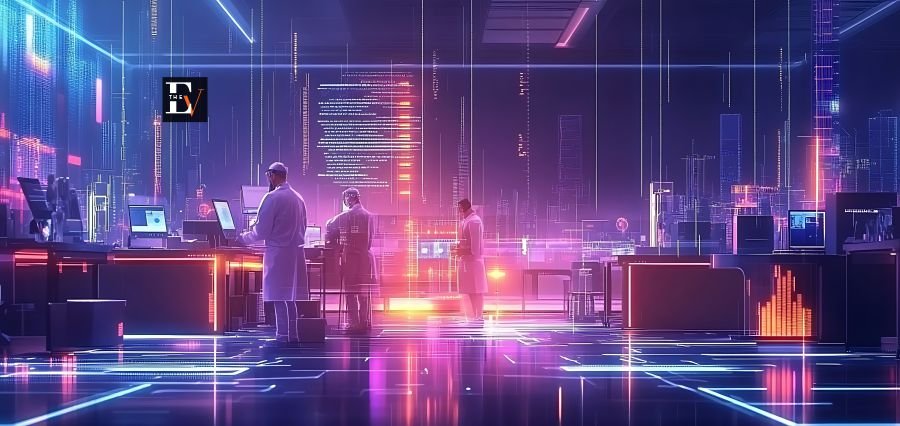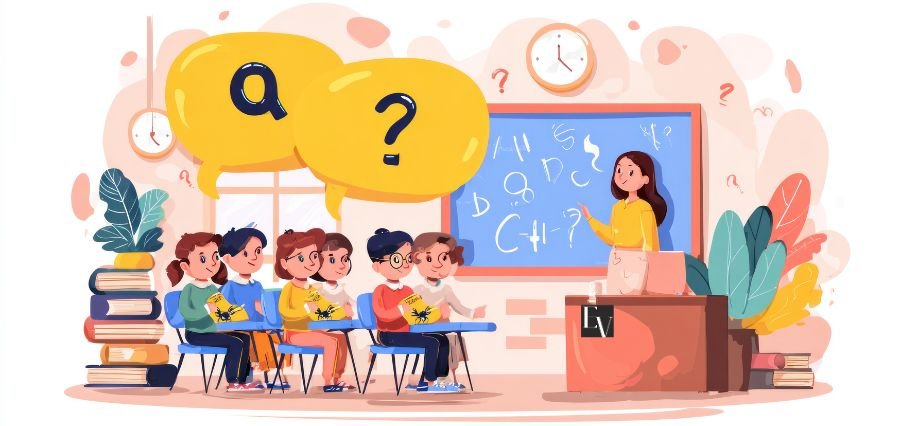Inside the Labs of the Future
Artificial intelligence is transforming the world of work gradually. Intelligent systems are increasingly becoming a key resource in healthcare and transportation, communication, and learning, transforming human capability. Yet every major innovation begins somewhere. Universities, startups, research laboratories, and education-oriented institutions have become the creative spaces where new ideas are tested, refined, and transformed into groundbreaking technologies. These places combine curiosity with discipline, letting bold thinkers explore what humans and machines can achieve together.
The Foundation of Innovation
Every significant advancement begins with a question or a real-world challenge. Whether it is predicting environmental shifts or designing smarter learning tools, researchers study problems that affect people. Engineers, educators, and scientists combine their strengths to create systems that can analyze information, learn from patterns, and respond intelligently. The progress of artificial intelligence depends not only on advanced models but also on mindsets that welcome experimentation.
Universities are at the forefront of this process. Their combination of theory, research, and hands-on learning pushes students to explore new ideas and understand the ethical responsibilities that come with technology. Research programs, scholarships, hackathons, and open-access initiatives give young innovators the space and confidence to create, laying the groundwork for future breakthroughs in fields like AI-Driven Education.
Collaboration Between Humans and Machines
The most meaningful advances in AI emerge from partnership rather than competition. Machines handle large volumes of information incredibly quickly, whereas human beings add creativity, emotional intelligence, and context. Together, they form a powerful team.
The current system uses AI to spot diseases early, find important information in scientific data, and personalize learning through education platforms that adapt to each person’s needs. These inventions demonstrate how human-machine cooperation can open doors to the possibilities that previously seemed to be inaccessible. The next chapter of AI will deepen this connection, enabling systems that strengthen human capability in thoughtful ways.
The Role of Education in Shaping AI’s Future
Education has a significant role in the future of artificial intelligence. Modern classrooms increasingly depend on smart tools that support learning and simplify administrative work. When used well, these technologies help students understand complex ideas more easily and give teachers more time to focus on meaningful interaction.
AI-Driven Education is one of the most promising areas in this evolution. By studying learning habits and identifying where students need help, these systems create personalized academic paths. They offer guidance, adjust lesson difficulty, and make learning more inclusive. Beyond improving results, AI-Driven Education prepares future leaders to understand both the power and responsibility of using intelligent technologies.
Research Labs: Cradles of Discovery
Many path-breaking ideas start in research labs where experts experiment with emerging methods and analyze difficult problems. Such laboratories bring together experts in disciplines such as psychology, computer science, mathematics, and education. They collectively create systems that can think, converse, and identify patterns differently.
Researchers are exploring neural networks, natural language models, and reinforcement learning. Such technologies help machines understand speech, analyze images, and respond more naturally. The global collaboration between laboratories boosts the development procedure and enables responsible development in aspects like AI-driven learning.
The Influence of Startups and Entrepreneurship
Startups move quickly, experiment freely, and often bring the freshest ideas to the AI landscape. Most of the widely used tools nowadays were initially small projects made by enthusiastic teams. With the presence of cloud computing, open-source software, and workforce distributed globally, these companies are driving change at a phenomenal rate.
Entrepreneurs in large cities and rural areas are all implementing AI in solving local problems such as healthcare access, nature protection, and AI-driven education solutions to underserved populations. Their creativity shows how necessity can inspire meaningful breakthroughs.
A Future Guided by Intelligence and Purpose
The journey of artificial intelligence is ultimately guided by human curiosity and purpose. Every system reflects the thought, imagination, and responsibility of its creators. As machines become more capable, they expand human potential and open doors to new ways of solving problems. AI-Driven Education highlights this evolution, showing how intelligent systems can support learning while honoring individuality.
Conclusion
The future of artificial intelligence lies in the thoughts, principles, and will of the people who build it. With universities, research labs, startups, and education innovators ever-expanding the boundaries of human capability, they are developing technologies that increase human capability and open new opportunities. AI remains a tool shaped by human purpose, and its greatest breakthroughs will come from those who use it thoughtfully, responsibly, and creatively. The next chapter of this journey will be guided by curiosity, collaboration, and a shared vision for a smarter and more inclusive world.





